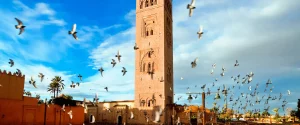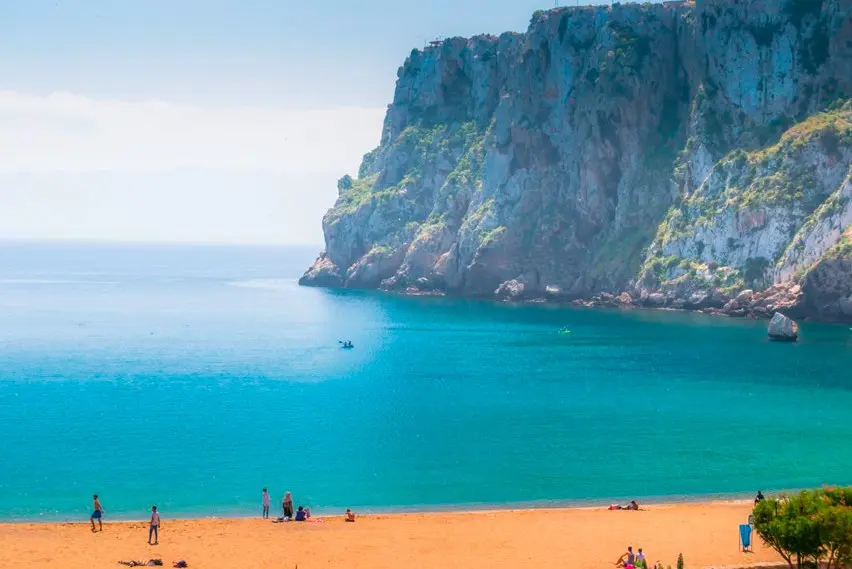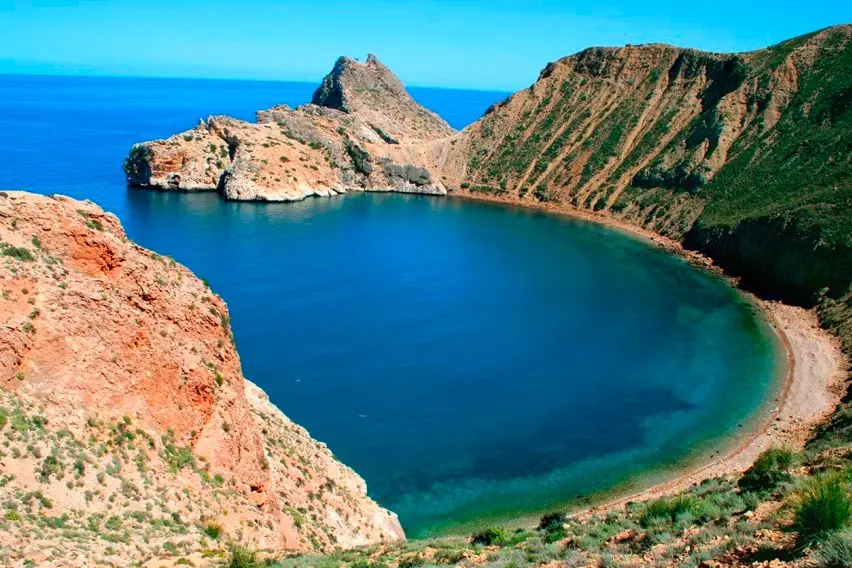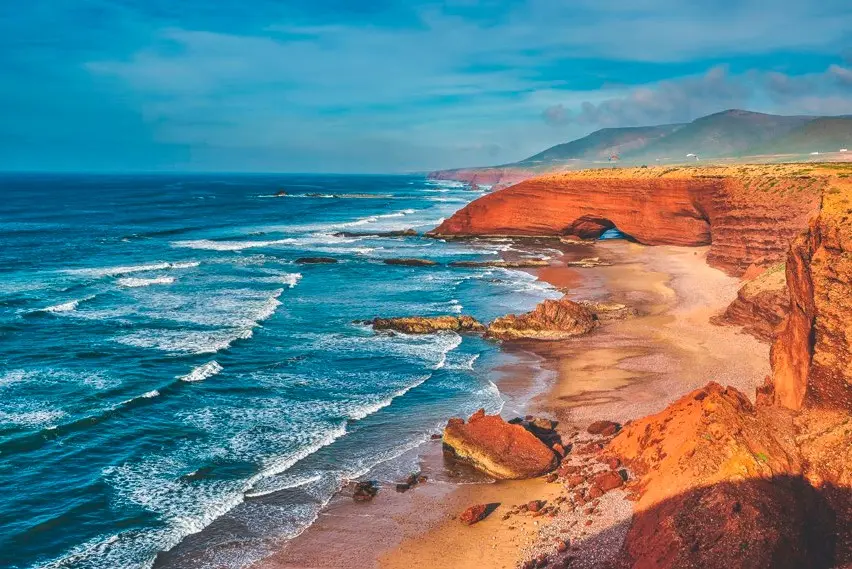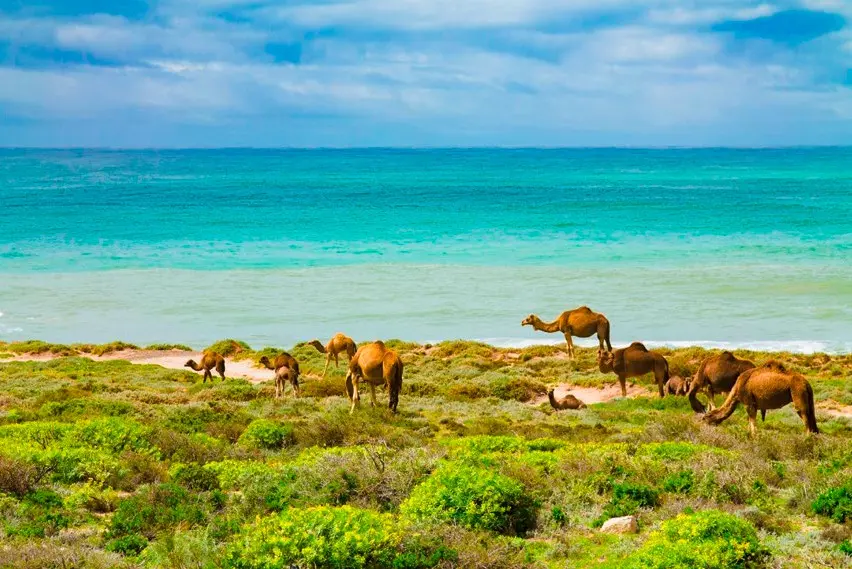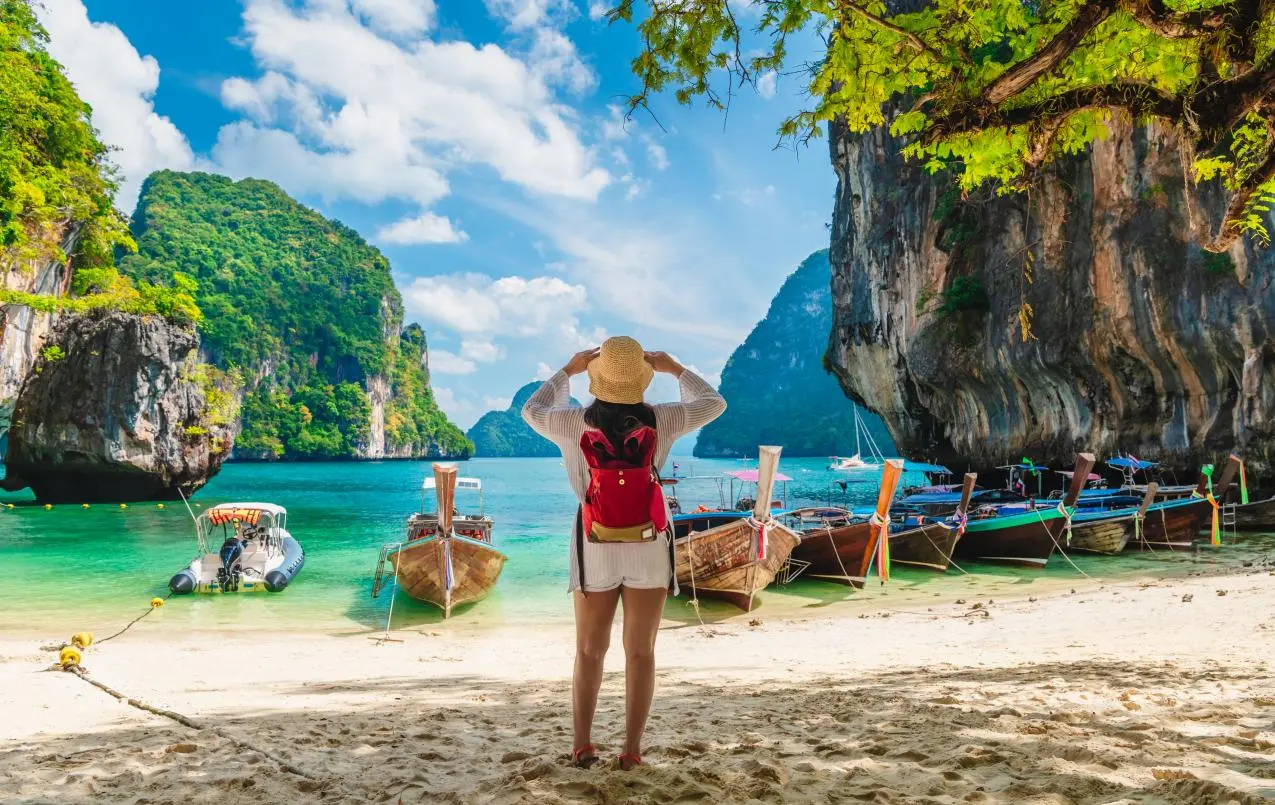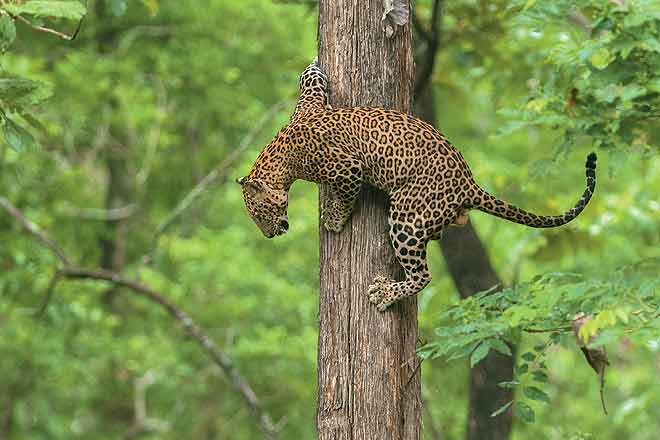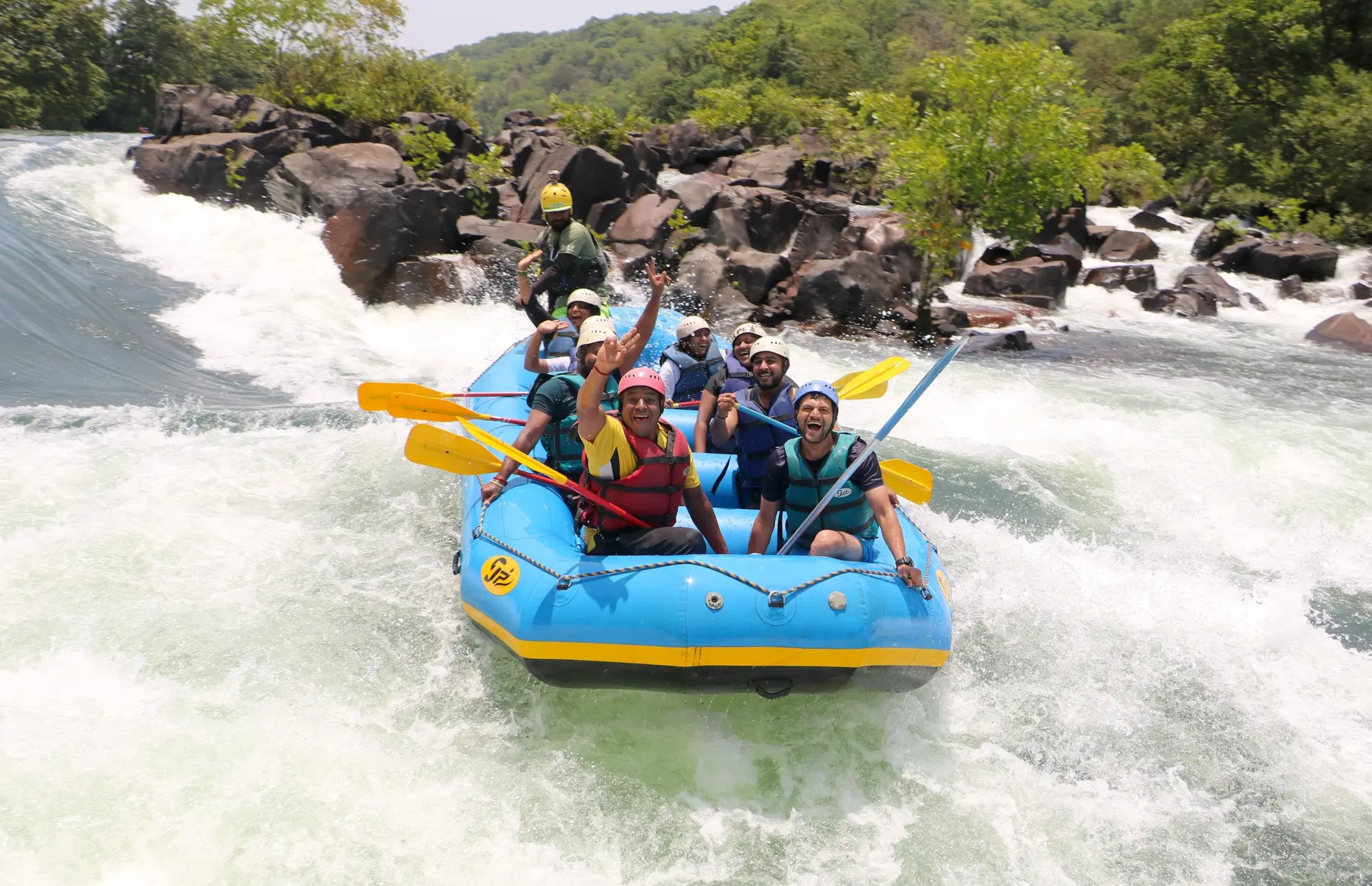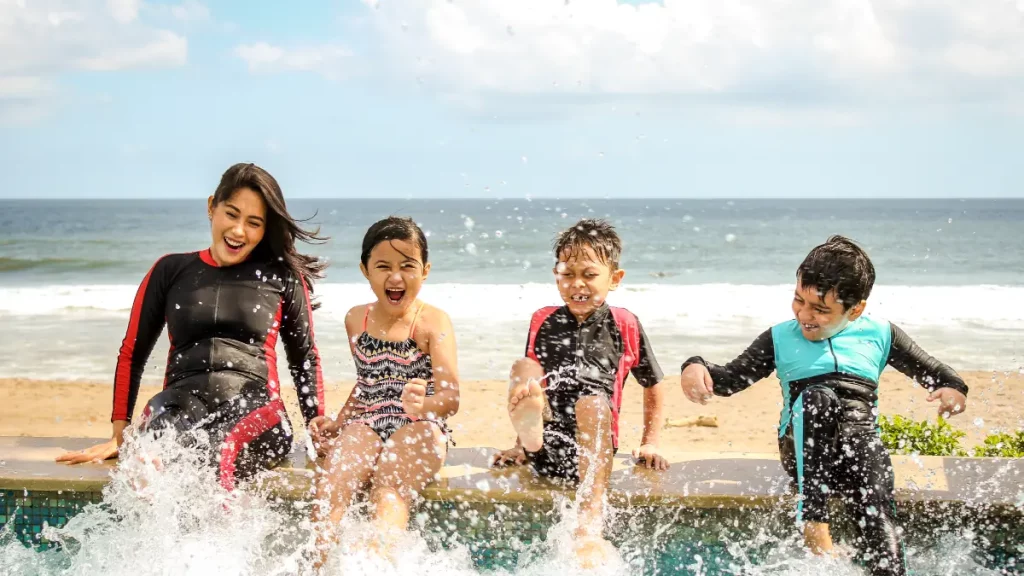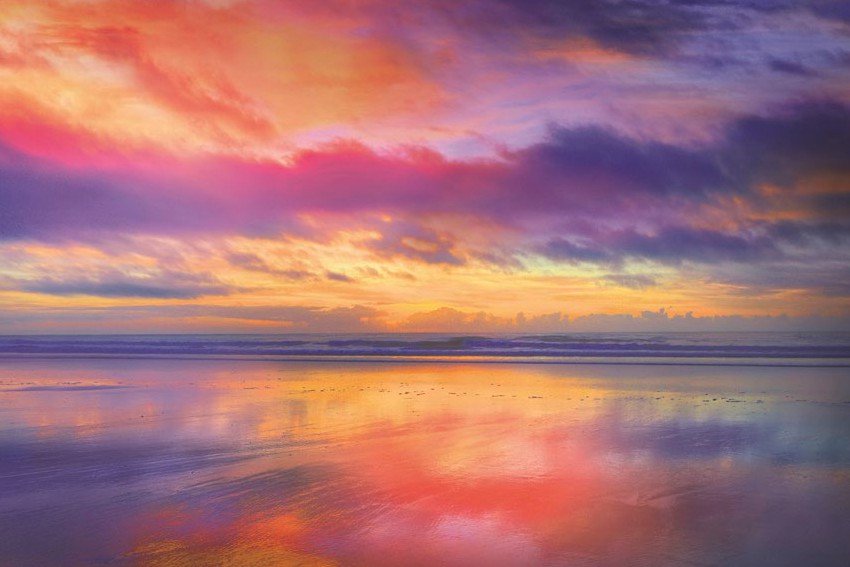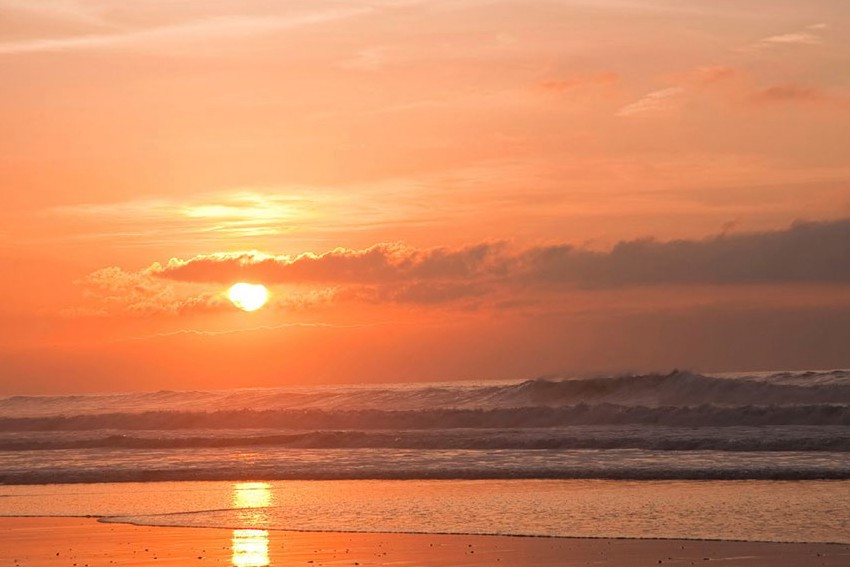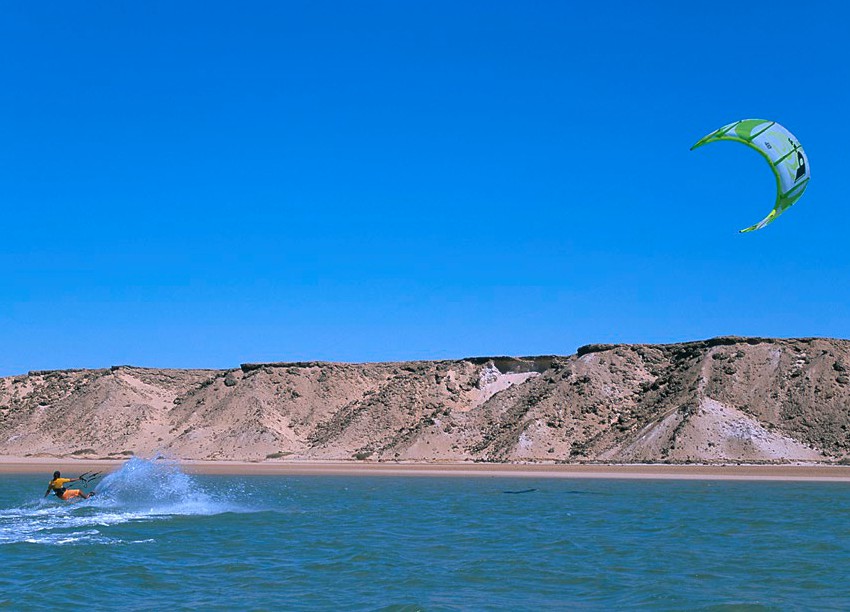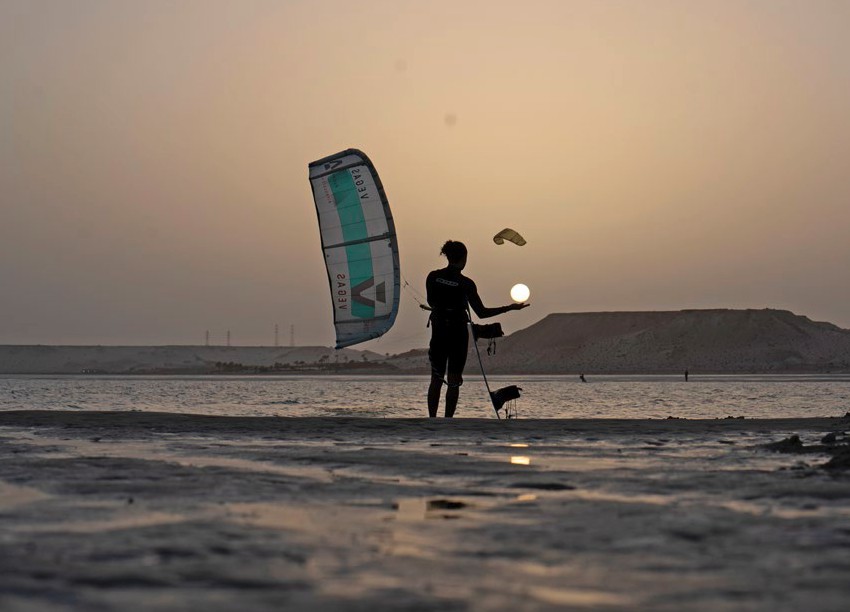Complete Guide to Bhadra Wildlife Sanctuary
The Bhadra Wildlife Sanctuary gets its name from the Bhadra river, that flows through its lush habitat, sustaining its vast landscape. Cover Photo: River terns are extremely social birds that inhabit freshwater lakes and rivers, where they are usually seen in large flocks.
History of Bhadra Wildlife Sanctuary
Bhadra Wildlife Sanctuary has a rich history rooted in conservation efforts aimed at preserving the region’s biodiversity and ecosystems.
1. Early History: Bhadra Wildlife Sanctuary was initially declared as the Jagara Valley Game Reserve in 1951. This designation aimed to protect the region’s wildlife, particularly its rich population of large mammals, while allowing regulated hunting activities. The area included the lush forests of the Western Ghats and the Bhadra River, which flows through it, making it a critical zone for both wildlife and the local ecosystem.
2. Formation of the Sanctuary: In 1974, recognizing the ecological significance of the region and in response to increasing concerns about habitat loss and dwindling wildlife populations, the Jagara Valley Game Reserve was officially upgraded to a wildlife sanctuary and renamed Bhadra Wildlife Sanctuary. This step marked the beginning of more serious conservation efforts in the area, as hunting was strictly prohibited and measures were taken to prevent human interference in the habitat.
3. Part of Project Tiger: In 1998, Bhadra Wildlife Sanctuary was brought under the ambit of Project Tiger, a nationwide initiative launched by the Indian government in 1973 to protect and conserve tiger populations in India. With this, the sanctuary was recognized as the Bhadra Tiger Reserve. This was a critical step for the sanctuary as it led to increased funding, better management, and stricter anti-poaching laws. The inclusion in Project Tiger also helped to raise awareness about the sanctuary’s unique wildlife, leading to more scientific research and eco-tourism.
4. Relocation and Rehabilitation Efforts: One of the key milestones in the history of Bhadra Wildlife Sanctuary was the large-scale relocation and rehabilitation of villages within the sanctuary’s boundaries in 2001-2002. Around 26 villages were relocated from the core areas of the sanctuary to provide a more secure habitat for the wildlife and reduce human-animal conflict. This process, managed by the Karnataka Forest Department, was one of the most successful village relocation programs in India. It not only helped protect the habitat but also improved the living conditions of the relocated villagers.
5. Conservation Success: Since its inclusion in Project Tiger, Bhadra has witnessed remarkable improvements in its tiger population and overall ecosystem health. Tigers, which were once critically endangered in this region, have increased in number due to strict protection measures, anti-poaching activities, and habitat restoration. Besides tigers, the sanctuary has become home to a wide variety of mammals, birds, and reptiles, making it one of the most biologically diverse areas in the Western Ghats.
6. UNESCO World Heritage Site: The Western Ghats, of which Bhadra is a part, were designated as a UNESCO World Heritage Site in 2012 due to their rich biodiversity and importance as a global biodiversity hotspot. The sanctuary’s inclusion in this prestigious list underscores its significance on an international level for conservation.
Modern-Day Importance:
Today, Bhadra Wildlife Sanctuary plays a vital role in safeguarding the Western Ghats’ flora and fauna. It serves as an important habitat for endangered species such as the tiger, and as a center for eco-tourism and education about wildlife conservation. Through scientific research, eco-friendly tourism practices, and active forest management, Bhadra continues to thrive as a model of successful wildlife conservation.
The sanctuary’s history reflects the growing awareness of the need for preserving India’s natural heritage and the sustained efforts to create a harmonious balance between wildlife protection and human development.
Guide to Bhadra Wildlife Sanctuary
Best Time to Visit:
- October to February: This is the best time for wildlife enthusiasts as the cool weather attracts a variety of animals.
- March to May: Summers are good for birdwatching, as migratory birds flock to the region.
- June to September: Monsoon season turns the sanctuary lush green, though wildlife spotting can be challenging due to heavy rains.
Flora:
Bhadra is a rich repository of biodiversity. The forest type here is primarily moist deciduous and semi-evergreen. Some of the prominent tree species include:
- Teak
- Rosewood
- Mathi
- Nandi
- Honne
- Kindal
The dense foliage provides a home to various animal and bird species, as well as smaller creatures like insects and amphibians.
Fauna:
The sanctuary is home to a variety of wildlife, with more than 30 species of mammals and 250 species of birds. Some key inhabitants include:
1. Mammals:
- Tigers: Bhadra is part of Project Tiger and has a healthy population of tigers.
- Leopards
- Sloth Bears
- Elephants
- Wild Dogs (Dholes)
- Gaur (Indian Bison)
- Spotted Deer
- Sambar Deer
- Malabar Giant Squirrel
2. Birds:
- Malabar Pied Hornbill
- Crested Serpent Eagle
- Great Indian Hornbill
- Paradise Flycatcher
- Ruby-throated Bulbul
- Kingfisher
3. Reptiles and Amphibians:
- Crocodiles: Found around the Bhadra River
- Cobra, King Cobra
- Monitor Lizards
- Frogs and Toads
Wildlife Safari at Bhadra Wildlife Sanctuary:
1. Jeep Safari: The Bhadra Wildlife Sanctuary offers guided jeep safaris that take you deep into the forest, providing an opportunity to spot large mammals and birds. The safari is generally conducted twice a day—early morning and late afternoon. Safari duration is usually 2 to 3 hours, depending on the route.
- Timings: Morning 6:00 AM – 8:00 AM; Evening 4:00 PM – 6:00 PM
- Safari Cost: The charges may vary, generally around ₹400-500 per person. Jeep hire may have additional charges.
2. River Safari: The Bhadra River, which runs through the sanctuary, offers boat safaris. Visitors can enjoy birdwatching and spot aquatic species like crocodiles and otters.
Accommodation at Bhadra Wildlife Sanctuary:
There are several lodging options around Bhadra Wildlife Sanctuary, ranging from luxury resorts to forest guesthouses. Here are some of the popular choices:
- River Tern Lodge (Jungle Lodges & Resorts): Located on the edge of the Bhadra reservoir, this is a popular choice for visitors seeking an immersive wildlife experience.
- Kemmangundi Homestays and Resorts: Offer beautiful views of the hills and access to nature trails.
Things to Do in Bhadra Wildlife Sanctuary:
- Wildlife and Bird Watching: Bhadra Wildlife Sanctuary is ideal for those interested in wildlife and birdwatching. The sanctuary has a rich avian population and is a paradise for bird lovers.
- Trekking: There are a number of trekking routes around the sanctuary. The Kemmangundi Hill Station, Mullayanagiri (the highest peak in Karnataka), and Hebbe Falls are popular trekking spots nearby.
- Photography: With its rich biodiversity and scenic beauty, Bhadra is a photographer’s dream, especially for capturing wildlife in its natural habitat.
- Boating and Kayaking: Water sports activities like kayaking and boating are available on the Bhadra River and the reservoir, offering a unique way to experience the sanctuary’s beauty.
- Nature Walks: Explore the sanctuary’s serene nature trails, where you can learn about the local flora and fauna and enjoy peaceful walks in the forest.
- Hebbe Falls and Kallathigiri Falls: These picturesque waterfalls near the sanctuary are popular for short trips, perfect for a day of picnicking or swimming.
Conservation Efforts:
Bhadra Wildlife Sanctuary is a critical part of India’s Project Tiger, aimed at conserving tigers and their natural habitat. Various eco-tourism initiatives are in place to ensure that the sanctuary is preserved, with minimal human interference.
Travel Tips:
- Wear comfortable clothing: Prefer neutral or earthy tones to blend into the environment. Avoid bright colors.
- Carry binoculars: Essential for birdwatching and spotting distant wildlife.
- Travel in silence: Animals are sensitive to sound, so staying quiet improves your chances of spotting wildlife.
- Pack essentials: Water, snacks, sunscreen, insect repellent, and a first-aid kit are important.
- Respect the environment: Do not litter or disturb wildlife. Maintain a safe distance from animals at all times.
Nearby Attractions:
- Kemmangundi Hill Station: Known for its lush coffee plantations and viewpoints.
- Mullayanagiri Peak: The highest peak in Karnataka, offering stunning views and trekking opportunities.
- Sringeri Temple: A historical pilgrimage site located nearby, renowned for its architecture and spiritual significance.
Location
Location: Bhadra Wildlife Sanctuary is located in the Chikmagalur and Shivamogga districts of Karnataka, India. Nestled in the Western Ghats, it covers an area of about 492 square kilometers and is a part of the Bhadra Tiger Reserve.
How to Reach:
- By Air: The nearest airport is Mangalore International Airport, about 180 km away.
- By Rail: Kadur (51 km away) and Birur (52 km away) are the nearest railway stations.
- By Road: Bhadra Wildlife Sanctuary is well-connected by road. The nearest town, Chikmagalur, is about 38 km away. Taxis and buses can be taken from Chikmagalur or Shivamogga.
Conclusion:
Bhadra Wildlife Sanctuary offers a unique combination of thrilling wildlife experiences, breathtaking landscapes, and tranquil nature. Whether you’re a wildlife enthusiast, birder, or simply seeking an escape into nature, Bhadra provides an enriching experience that showcases the natural beauty and diversity of India’s Western Ghats.


